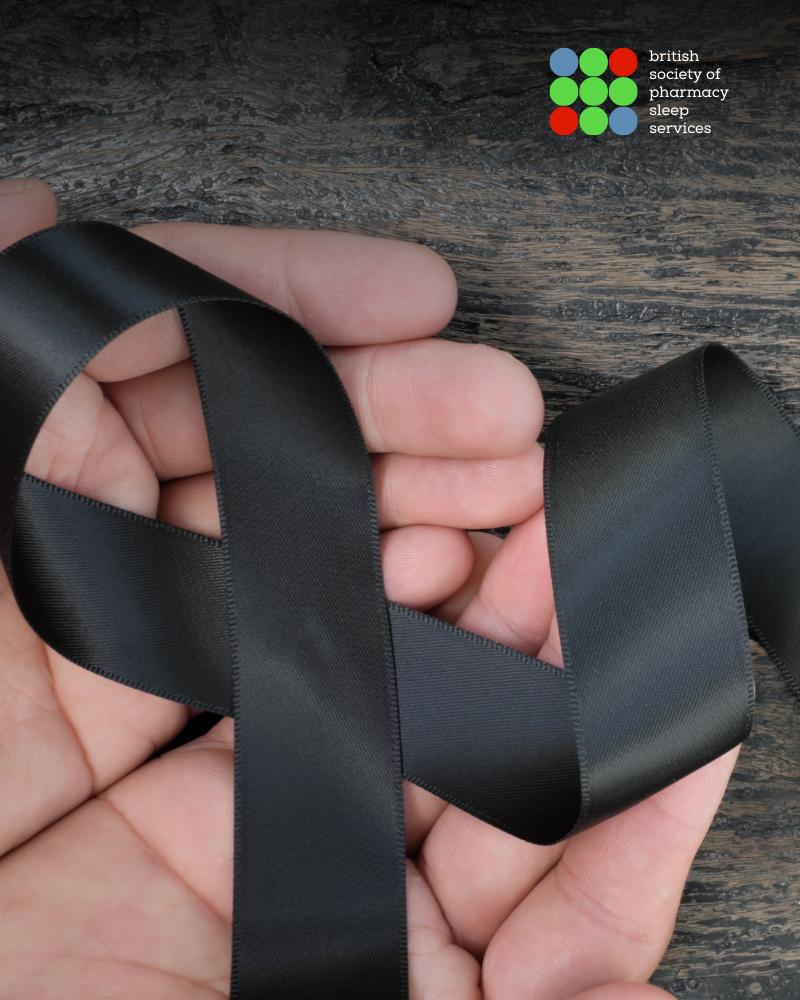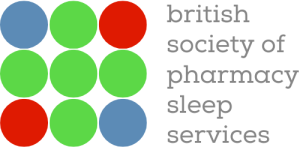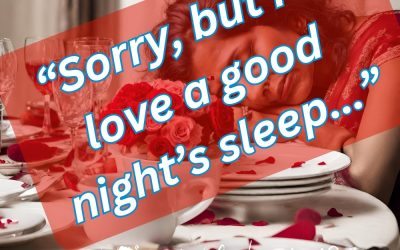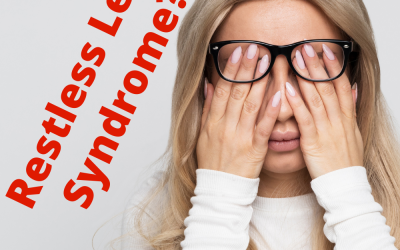All I want for Christmas is a good night’s sleep
We’re at the end of our short run, skip and dance, through the typical sleep disorder symptom groups that patients may present with, in community pharmacy.
We’ve touched on, difficulty getting to sleep or staying asleep, which everyone knows as insomnia in Part 2. I think the best way to describe this is “Tired but wired”.
Next we had snoring and sleep apnoea, giving rise to symptoms of excessive sleepiness/drowsiness, during the individual’s normal awake time in Part 3.
And then we had Restless Legs Syndrome in Part 4.
All seems clear right?
Wrong.
The International Classification of Sleep Disorders (ICSD 3) Text Revision of 2023, states there are 83 sleep disorders. Divided into 7 main categories.
I’ve touched on 4…
So, the confounder within our limited 4 above, is Narcolepsy.
And it gets more challenging, as the most common symptom is excessive drowsiness / sleepiness (which you might only associate with sleep apnoea).
So what exactly is narcolepsy?
Narcolepsy Defined:
Narcolepsy is a rare (approx 1 in 2,000), disabling, long‐term brain disorder that can result in excessive daytime sleepiness, sleep attacks, cataplexy, sleep paralysis, excessive dreaming and disturbed nocturnal sleep.
When you think of Narcolepsy you probably think of cataplexy.
Cataplexy being the only specific symptom. But it is rarely as dramatic as commonly portrayed.
Watch this short clip from Dr Tom Scammell, Sleep Specialist as he dispels the cataplexy myth.
Cataplexy is sudden episodes of bilateral, short-lasting loss of muscle tone, usually triggered by sudden emotions such as laughing.
The attack can range from a mild jaw drop, tongue protrusion (in children), eyelid closure (partial attack) to falls (complete attack). The frequency of these attacks can vary from several per day to a few per year and can last from seconds to a few minutes.
Excessive Daytime Sleepiness (EDS) is the most common symptom in most cases

Sleep disordered breathing (SDB), periodic limb movements (PLMS) and REM sleep behaviour disorders (RBD) are frequently seen in conjunction with narcolepsy.
Sleep attacks can occur in more severe cases and can occur when the patient is engaged in active states e.g. driving, eating, walking etc, These episodes can be short but tend to be refreshing.
Patients can often present with automatic behaviours e.g. carrying on writing when they’ve drifted off to sleep, because sleep periods can invade wake periods.
Fatigue and tiredness are frequent.
Sleep paralysis and hallucinations are also common features occurring in 50% – 60% of cases. Nocturnal sleep is fragmented and disturbed with recurring wake periods.
I think you’d like a Christmas present now… in fact more than one!

Christmas Presents! 🎁
Please take these gifts.
They are ways to transform the burden of self-presenting, sleep issue patients into benefits.
The BSPSS is happy to give you:
- Free membership
- Free Factsheets
- Free online sleep CPD courses
- Exclusive Members Only content
- Free find a sleep-trained Pharmacist listing
- Access to tools to assess, screen, recognise and signpost sleep issue patients (talk to us)
And the final take home message is:


Don’t trivialise sleep!
Insomnia alone is estimated to cost the UK economy £34 billion per annum. See the RAND report 2023. https://www.rand.org/pubs/research_reports/RRA2166-1.html
Lets wrap this up below:
Let’s summarise the “All I want for Christmas” series
- First-line therapy is Cognitive Behavioural Therapy – not a sedating antihistamine
- 80% of sleep apnoea patients are undiagnosed, and this number hasn’t changed for 30 years
- Patients can take decades to get help
Narcolepsy (this post):
- While rarer than the previous 3 it is 100% happening to the individual, and is a debilitating sleep disorder
What can you do to help sleep issue patients?
With evidence-based, sleep training you the Pharmacy team at the ‘coal face of healthcare‘ can:
-
- Make sleep healthcare feasible for high health inequality populations
- Provide genuinely helpful sleep advice without breaking the NHS
- Introduce a financially appealing service to sustain a precious community resource (your pharmacy!)
Hope you enjoyed this short, Christmas series of posts highlighting sleep disorders and the Community Pharmacist’s role.




